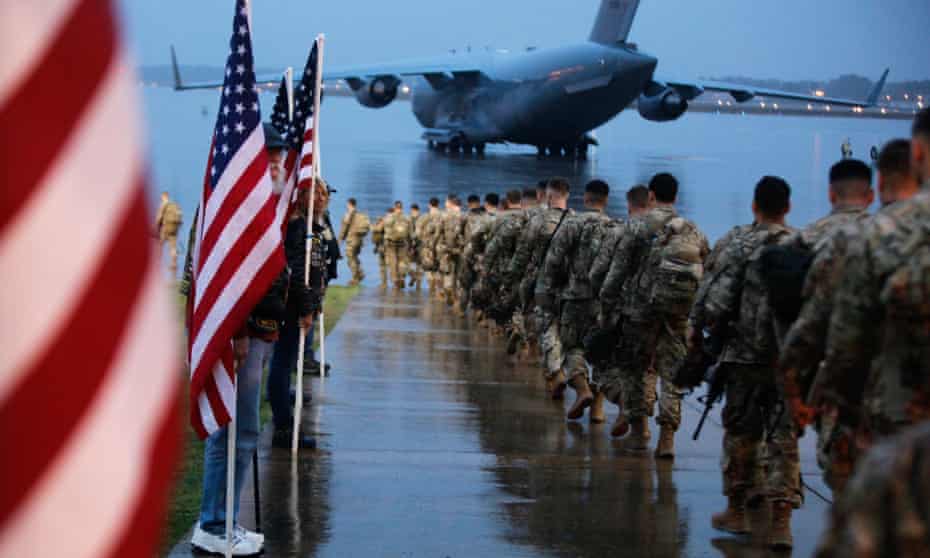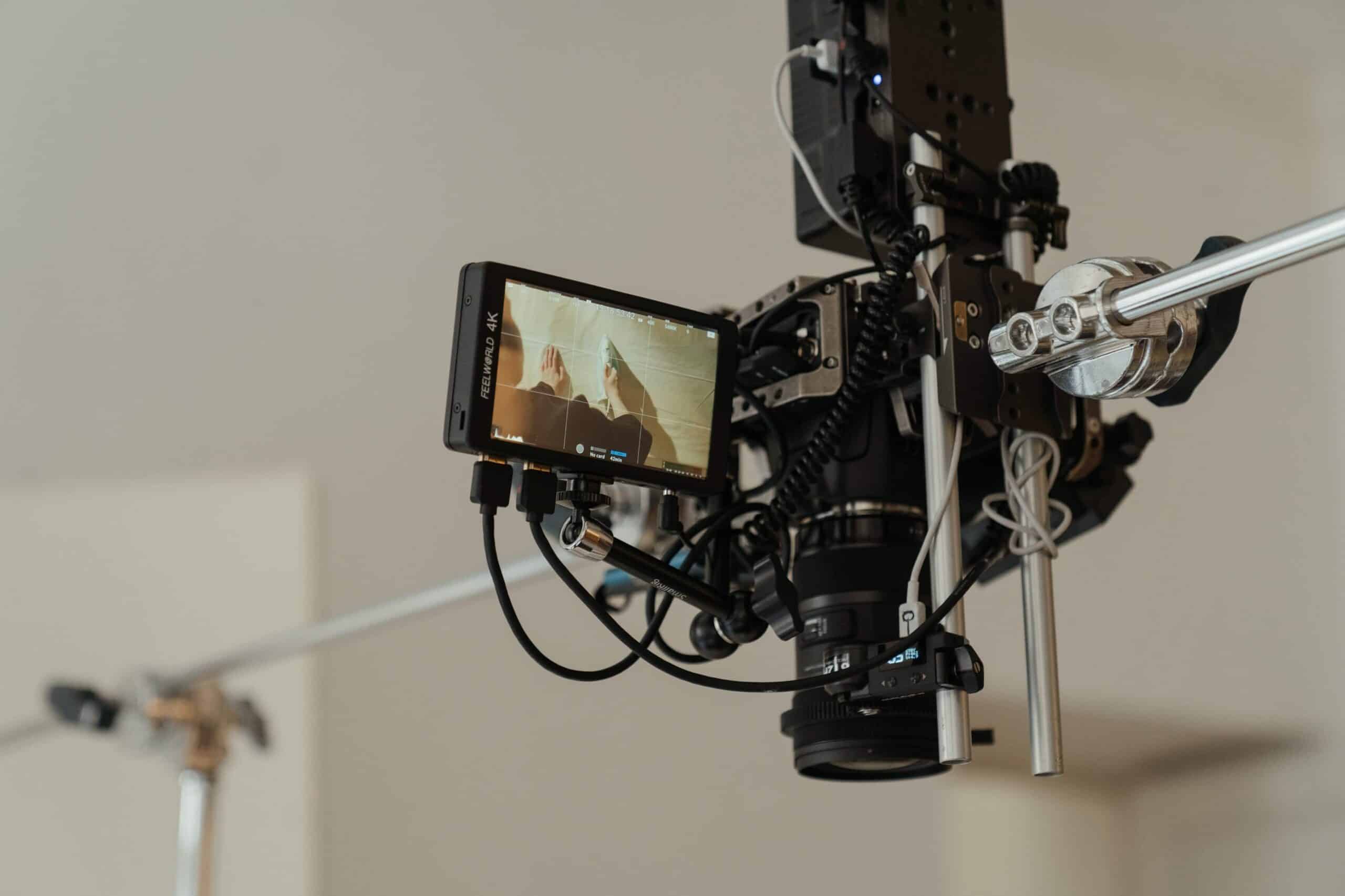How Technology Advances Shapes the Future of Warfare
As the world continues to evolve, so too must military organizations. Emerging technologies are changing the character of war, taking it in unexpected directions. As a result, military organizations will need to adapt, innovate, and reinvent themselves to survive in this new era. Here are a few of the ways emerging technologies are transforming warfare: First, information technology is becoming the most important force for modern warfare. Second, the fourth industrial revolution is becoming the most important force for modern warfare, and third, the rapid development of autonomous systems and artificial intelligence.
The Role of Technology Improved Warfare?
The role of technology in war increased dramatically during the nineteenth century, particularly in the United States. The Industrial Revolution changed all aspects of human activity and accelerated the development of new technologies. In this environment, the relationship between capitalism and technology was studied by John Maynard Keynes, who argued that four long cycles of economic activity led to profound changes in mode of production within less than a hundred years. While these factors have an effect on the future of war, they also have an impact on current military capabilities.
History of Nuclear Weapons
Before the development of nuclear weapons, chariots were the dominant force. William H. McNeill described them as “the superweapon of their day”. The earliest chariots were based in the Levant in the eighteenth century BCE. As the craze spread, states began adopting chariots. The craze created an international aristocracy of chariot aristocrats, called Maryannu, who sold their services to the highest bidder.
What is The Most Technologically Advanced Military?
The use of advanced weapons is a necessity to preserve the state’s monopoly on the use of force. But if the military can’t meet the demands of modern threats, it’s going to have to resort to the threat of technological superiority. This is the only plausible option in this scenario. While the state’s monopoly on force will still hold, the state will continue to function efficiently and extract the resources necessary to retain legitimacy.
Science,Technology,and Military Strength
Changing technology has shaped the nature of warfare. As military capabilities advance, the type and distribution of weaponry changes. In the past, states fought in symmetric symmetry. In the first Gulf War, Saddam Hussein tried to defeat the United States by deploying a conventional army in Iraq. In the end, the US military triumphed, as the insurgents used low-tech instruments.
When Was The Nuclear Weapon Invented?
Before the arrival of nuclear weapons, chariots were the dominant weapon. According to William H. McNeill, chariots were the super weapons of their day.’ The technology craze created a global aristocracy and an international aristocracy. Eventually, the aristocracy was able to sell its services to the highest bidder.
What is The Importance of Military Technology?
The ‘business as usual’ scenario is the ‘business-as-usual’ model. In this scenario, the policy logic of war remains focused on state-based threats. The state retains its monopoly over force, and barriers to entry in the weapons market are high. In contrast, the ‘command technology’ model of warfare emphasizes the importance of state power. It also highlights the importance of the technologically superior weaponry.
Forecasting Change In Military Technology
While the rise of AI has been a catalyst for technological innovation, it is still a major factor in shaping warfare. In the early industrial era, the US led the transformation of warfare, while the Chinese did it through the Industrial Revolution. In the information age, both countries were fighting in mountainous terrain. With the advent of information technology, the two sides had monopolies over technology. By the end of the 20th century, state-based violence will become more difficult to prevent.
Cultural Roots of a Peace Paradigm
This paradigm is rooted in the idea that warfare is not asymmetric. Instead, it is an act of self-defense. With technological advancement, the state has the ability to use force to protect itself and others. In this scenario, the state is not only empowered to take the initiative and fight, but also the victim. In both scenarios, the state will be the one to decide who wins. The future of war will depend on the development of the two countries.




